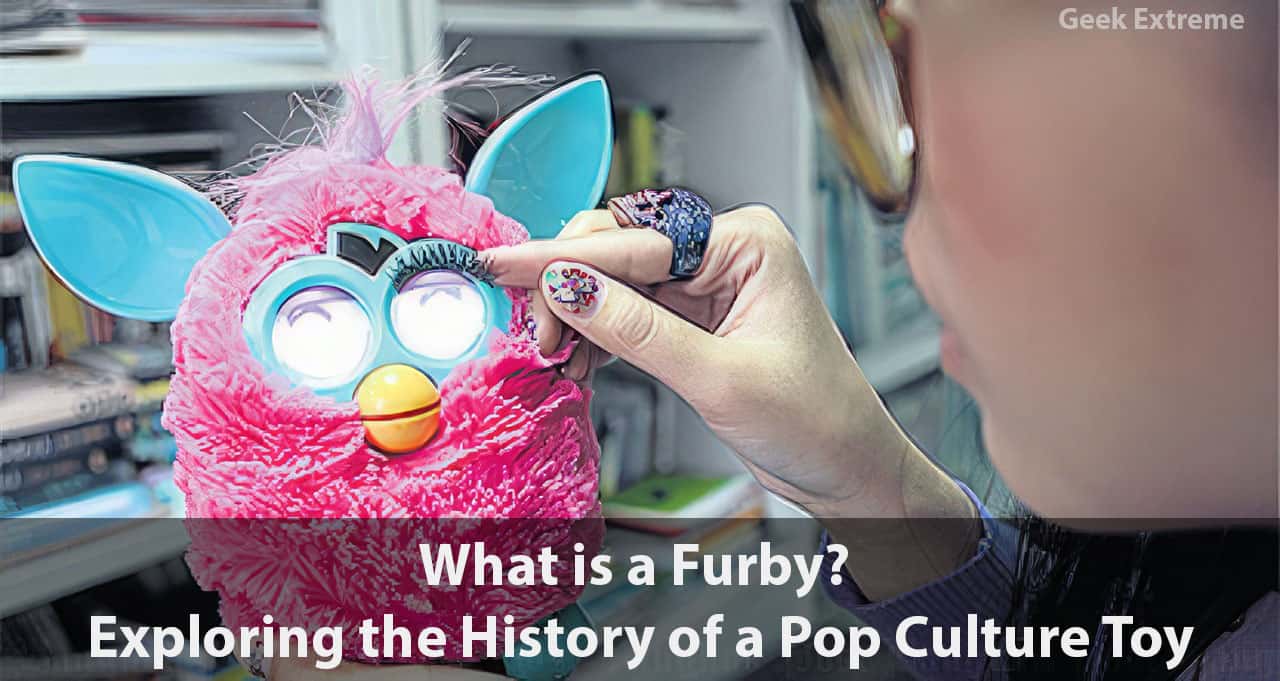Furbies, those quirky, lovable, and sometimes downright bizarre robotic toys from the ’90s, have made a lasting impact on pop culture. As one of the first commercially successful robots for home use, these adorable creatures managed to capture the hearts (and wallets) of millions worldwide.
In this comprehensive guide to all things Furby-related, we’ll delve into their origins at Tiger Electronics in 1998 before exploring various generation revivals and technological advancements throughout the years.
What is a Furby? (Key Takeaways)
- Furby is an electronic robotic toy first introduced in 1998 by Tiger Electronics, which quickly became a popular trend among children’s toys.
- Furbies have had four generations, with each generation having unique features and designs that cater to their audience while maintaining the lovable charm that captured their fans’ hearts.
- Furbies are interactive toys designed to respond to touch, light, and sound with sensors placed strategically across their bodies. They boast Pavlovian responses where they react differently depending on how they are treated. They also speak a unique language called “Furbish,” which gradually shifts over time to English or other languages through continued interaction.
- Despite concerns about security vulnerabilities and privacy issues surrounding the switch from Tiger Electronics to Hasbro, the Furby franchise continues to thrive, with new models being released every few years. The enduring appeal surrounding these furry companions for over two decades since their first release only adds up another layer of nostalgia for longtime fans while providing fascinating learning experiences for new enthusiasts.
Table of Contents
What Is A Furby?
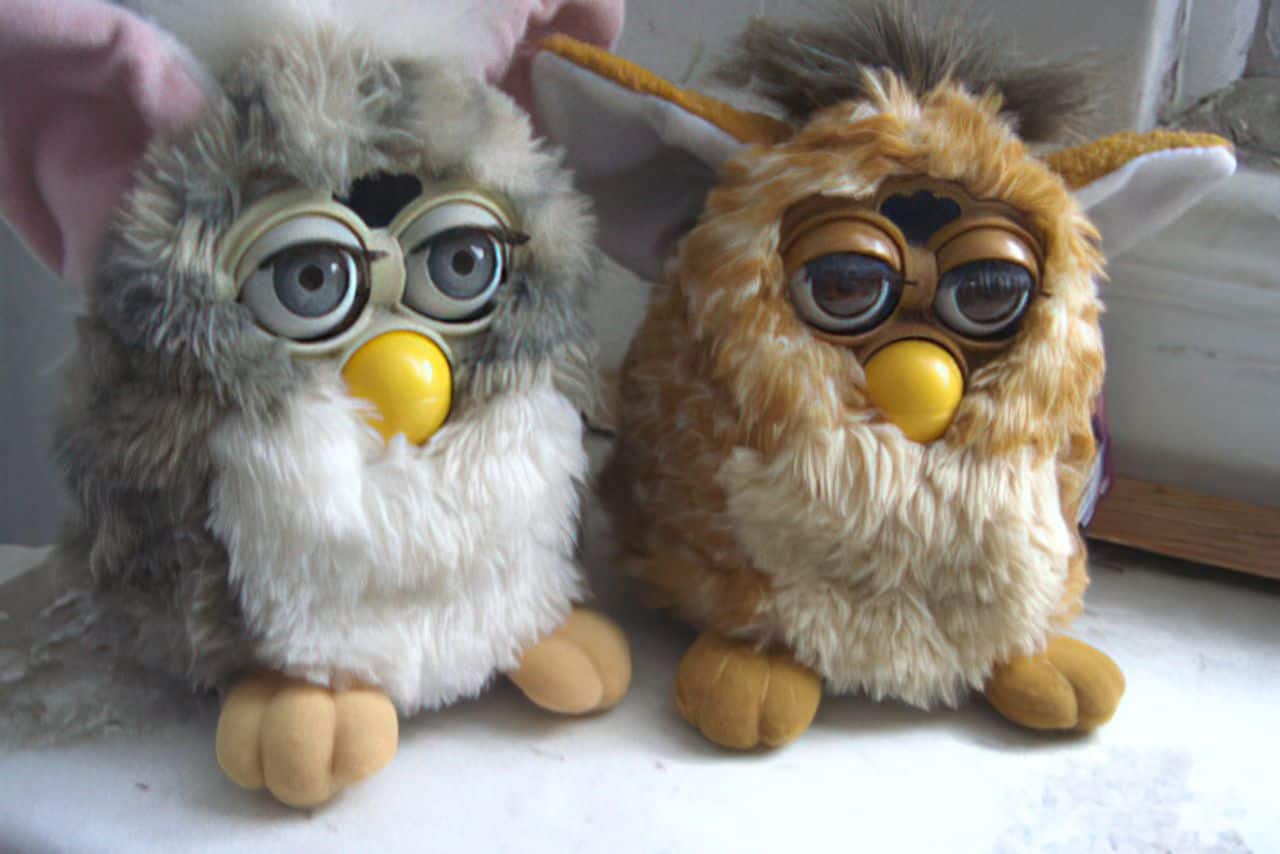
Furby is an electronic robotic toy that was first introduced in 1998 by Tiger Electronics and later acquired by Hasbro, which quickly became a popular trend among children’s toys.
A Brief Description Of Furby
A Furby can be best described as an endearing, fluffy robotic toy that took the world by storm in the late ’90s. With its adorable design inspired by Mogwai creatures from the movie Gremlins and a penchant for learning words and phrases over time, these fuzzy little pets won hearts across generations of toy collectors.
What truly set Furbies apart from other toys were their advanced audio capabilities and various sensory interfaces, creating lifelike interactions that gave them their charm.
They could communicate with one another via an infrared port located between their eyes, allowing for fascinating group dynamics when multiple Furbies were gathered together.
History Of Furby
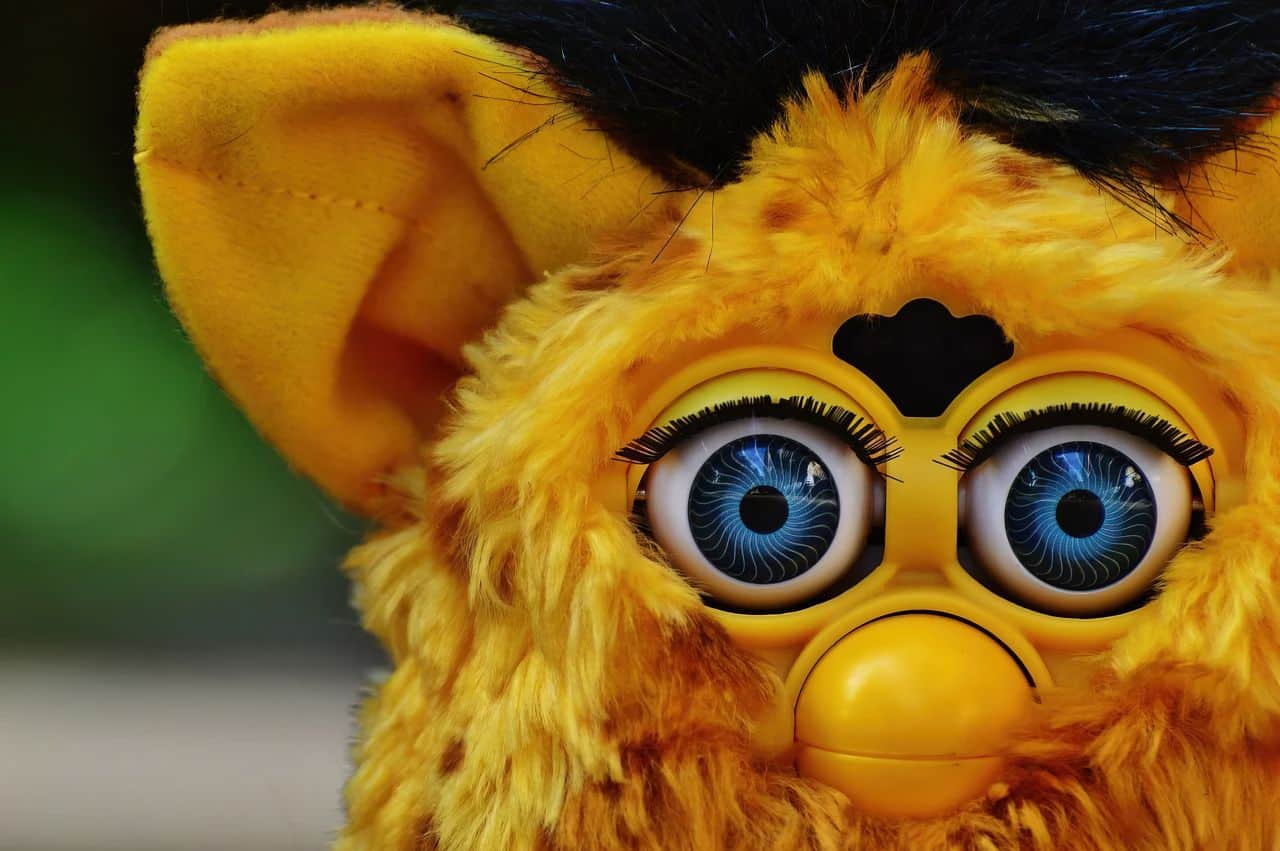
Furby was originally created in 1998 by Tiger Electronics and quickly became a Christmas-fad toy, selling over 1.8 million units in its first year and over 40 million units during its three years of production.
Initial Creation
The initial creation of Furby can be traced back to 1997, when Dave Hampton and Caleb Chung, two skilled inventors with a passion for robotics, set out to make an affordable yet high-functioning robotic pet.
Taking inspiration from the popular Tamagotchi toy craze, they wanted to develop something more interactive and lifelike. After countless revisions and prototypes, the duo partnered with renowned toy designer Richard C.
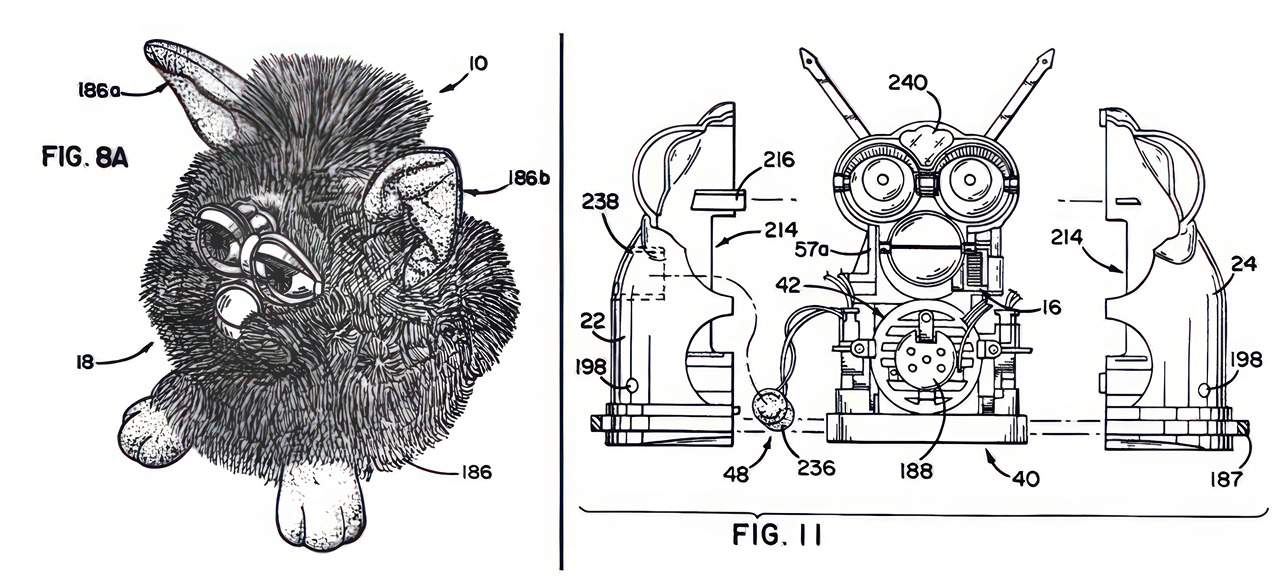
Presented at the 1998 American International Toy Fair by Tiger Electronics, Furby quickly captured the hearts of both children and adults alike with its endearing design and unique features.
This fuzzy robotic creature was far more advanced than other toys at that time – it could blink its eyes, wiggle its ears, speak in its own language called Furbish (gradually learning English over time), interact with other Furbies using infrared port technology located between their eyes, and respond to touch or sound through various sensors placed strategically across their body.
2005 Revival
In 2005, the Furby fandom witnessed a significant revival with the introduction of the Emoto-Tronic Furby by Hasbro. This new generation boasted cutting-edge technology, including advanced voice recognition and more facial movements, making these furry friends more interactive and lively than ever before.
The Emoto-Tronic Furbies were a breakthrough in toy innovation at that time, offering an enhanced playtime experience for both children and adult enthusiasts alike. For instance, their expanded vocabulary allowed them to communicate better with their owners as well as other Furbies – thanks to an infrared port strategically placed between their eyes (fact #3).
Also worth mentioning is Furby Babies line’s introduction in 1999 (fact #7), which not only catered to younger fans but also added diversity among their collections due to distinct features like higher voices and unique Easter eggs.
2012 Revival
In 2012, Hasbro revitalized the beloved Furby with an updated version for a new generation of kids. The latest model featured black and white LCD eyes and came equipped with a mobile app for interactive play.
With advancements in technology, this iteration of Furby boasted even better sensory capabilities than its predecessors. The 2012 revival also saw a resurgence in popularity among adults who had grown up with the toy in the ’90s, leading to renewed interest in collecting vintage models.
Types Of Furbies
Furbies came in four generations, with each generation having its unique features and designs.
First Generation (1998-2002)
The first generation of Furbies, which were released in 1998 by Tiger Electronics, took the world by storm. These robotic pets became an instant hit with children and adults alike, selling over 40 million units during their production period.
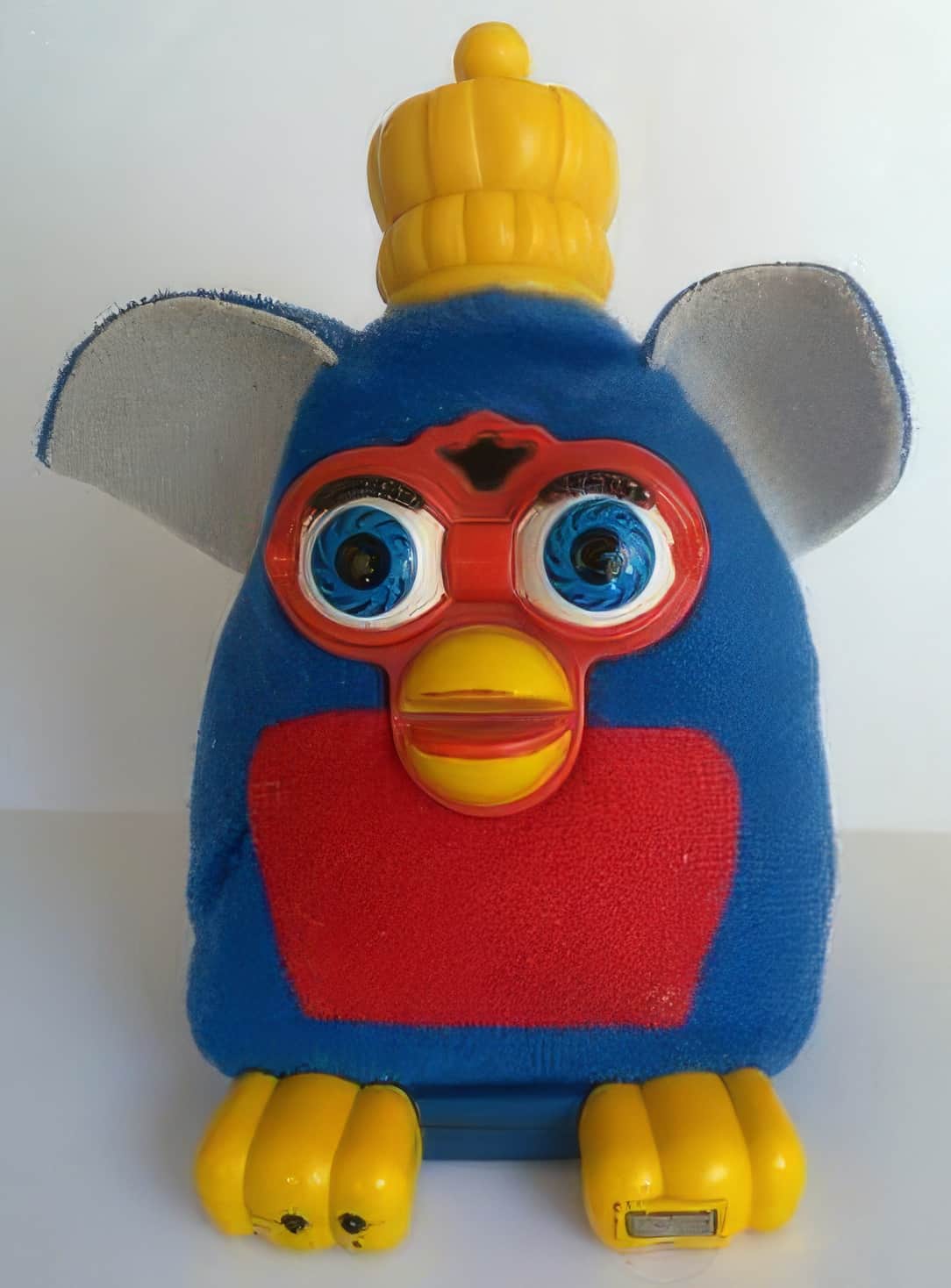
The original Furbies were designed to respond to touch and sound using sensors located on their bodies, making them incredibly interactive and lifelike.
One interesting fact about the first-generation Furbies is that they were initially conceived as a competitor to Tamagotchis, handheld digital pets that were popular at the time.
However, designers Caleb Chung and Richard C. Levy envisioned something much more advanced – a robot pet that could communicate with humans in simple sentences and adapt to its environment based on positive or negative feedback (i.e., Pavlovian responses).
Second Generation (2005-2007)
The second generation of Furbies, also known as the Emoto-Tronic Furby, was released in 2005 and lasted until 2007. These Furbies had voice recognition and more complex facial movements than the original.
They could communicate with each other through an infrared port between their eyes, and they started speaking in Furbish before learning English over time.
Additionally, Hasbro released Furby Babies during this period. In contrast to the original Furbies, which were larger and deeper voiced, these babies were smaller and spoke in higher pitches.
While similar to their older counterparts in many ways, there were “Easter eggs” hidden throughout the toys that brought additional games and surprises when discovered by excited young owners.
Third Generation (2012-2015)
The third generation of Furbies was released between 2012 and 2015, following the overwhelming success of the initial release in the late ’90s. These updated Furbies boasted black and white LCD eyes and a mobile app for even more interactive play.
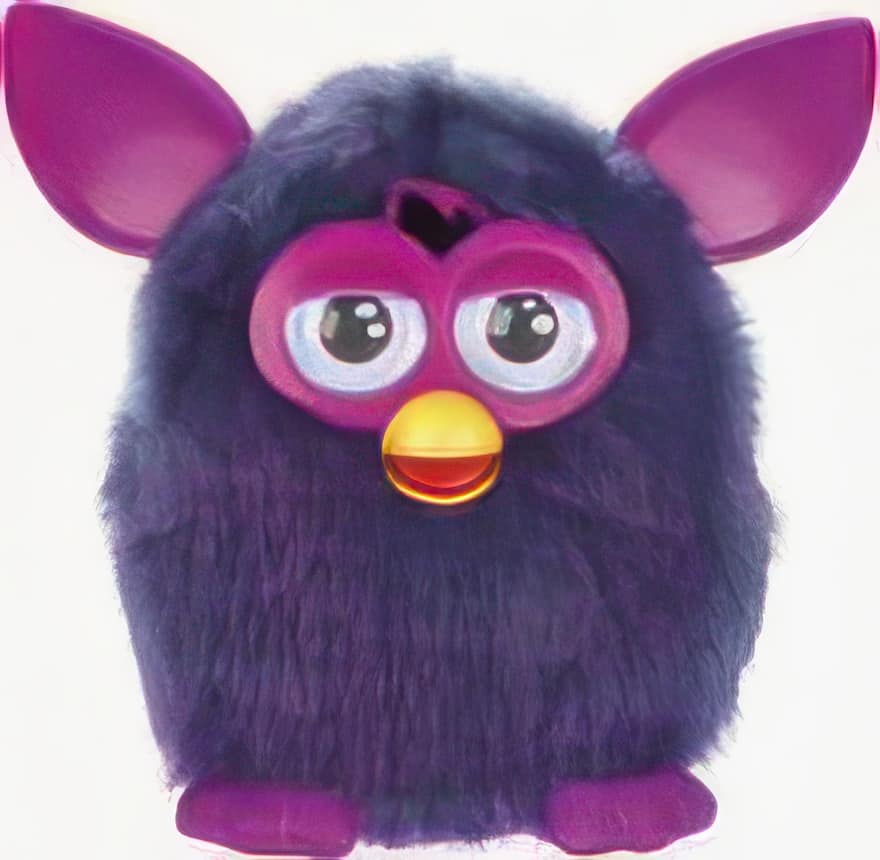
One notable aspect of these Furbies is that they start out speaking entirely “Furbish,” a made-up language specific to Furby toys. Over time, they gradually learn English as they interact with their environment, making them even more engaging to play with.
Fourth Generation (2016-2017)
In 2016, Hasbro released the latest version of the Furby toy, which was called “Connect”. This fourth generation Furby came with Bluetooth connectivity and could interact with a mobile app.
Users could feed their Furbies virtually or play games on their phones to earn virtual rewards for their toy companions. Additionally, there were multiple variations of the Connect Furby that were color-coded, each one speaking its unique language and having its own personality traits.
Technology Behind Furby
Furby’s technology includes sensors that allow it to respond to touch, light, and sound, as well as its unique Furbish language with a 200-word vocabulary.
Sensors And Responses
Furbies have sensors that allow them to respond to various stimuli and interact with their surroundings, making them popular among toy collectors who appreciate the interactivity of these robotic pets.
Furbies can move their eyes, ears, and mouth in response to sound and touch, and even tilt their bodies when held in different positions. They also boast Pavlovian responses where they react differently depending on how they are treated, such as purring contentedly when petted or becoming agitated if shaken too vigorously.
These interactive features made Furbies a hit among children and adults alike during the Christmas-fad toy crazes of the late 1990s and early 2000s.
Furbish Language
Furbish is the unique language spoken by all Furbies when they first come out of the box. It’s a mix of short words, simple syllables, and different sounds that combine to create a language that only Furbies can understand.
As time passes and owners interact more with their Furby, it starts to learn English phrases and replace its Furbish vocabulary with them. However, some collectors still enjoy speaking in Furbish with their old-school Furby toys or even teaching new-generation ones about the unique language.
Security Concerns
Furby has faced security concerns due to possible privacy issues and hacking vulnerabilities, leading to its ban from some locations, including a US spy base.
Privacy Issues
Furbies raised privacy concerns when they were first released, as some users wondered if the toys could record and transmit their conversations. These fears may have been somewhat unfounded but in 1999, several US intelligence agencies banned Furbies from their offices out of caution.
They believed that hackers could manipulate the Furby to say certain pre-programmed words or phrases more often by petting them when they used them, which would give away sensitive information.
In 2017, there was a hacking attempt that allowed criminals to access personal information from almost half a million users of an app associated with Furbies.
Hacking Vulnerabilities
Furbies have become popular among hackers due to their complex circuitry and advanced audio capabilities. This has sparked concerns surrounding privacy and security, with several hacking attempts made on the toy since its initial release in 1998.
In fact, a 2017 hack allowed access to users’ personal information through the Furby’s sensors and infrared port. The concern is not unfounded, as Furbies have been banned by certain institutions, such as US intelligence agencies, for fear of pre-programmed phrases being exploited.
The Furby Effect On Pop Culture
Furby has had a significant impact on pop culture, shaping children’s toys and even inspiring a film adaptation by The Weinstein Company.
Influence On Children’s Toys
Furby’s impact on the children’s toy market cannot be overstated. Its popularity in the late 90s led to a wave of similar interactive toys, including Tamagotchis and robotic pets like Furball.
The introduction of Furbies also marked a shift towards toys that had more technology incorporated into their design, with new features such as sensors and responses becoming much more common.
The success of Furby has even extended beyond its initial release date – Hasbro rebooted it in 2012 and released several new models up until 2017 due to its continuing cultural relevance.
Film Adaptation
Furby’s popularity was not just limited to toys. The animated toy has made appearances in films and television shows, such as the popular film Toy Story 3.
A Furby movie was also in development to feature both live-action and computer-animated characters but faced uncertainty due to the bankruptcy of its producer, The Weinstein Company, in 2018.
Despite this setback, Furbies continue to influence pop culture even after more than two decades since their first release.
Nostalgia And Collectability
Furbies have a strong nostalgic and collectible appeal among fans and enthusiasts. Many people who grew up in the 90s remember receiving a Furby as a Christmas gift or spending hours playing with their cute robotic pet.
As adults, these collectors often seek to relive those fond memories or add to their collections with new and rare Furbies. In recent years, a new trend has emerged within the Furby community known as DIY “Long Furby” creations. These unique and quirky creations involve extending the length of a regular Furby by attaching additional bodies and limbs, resulting in an elongated and whimsical creature.
The DIY “Long Furby” phenomenon has gained traction on social media platforms, where enthusiasts proudly showcase their imaginative and often absurd creations. From rainbow-colored fur to eccentric clothing and accessories, these DIY projects push the boundaries of what a Furby can be.
The Furby Effect on Pop Culture has also contributed to its collectability, inspiring various media appearances such as movies like “Gremlins” and TV shows like “Friends.” The V&A museum in London even recognized its cultural significance by including an original Furby in its permanent collection.
Frequently Asked Questions
What is a Furby, and when was it first introduced to the market?
Furby is an interactive electronic toy that was introduced by Tiger Electronics in 1998. It quickly gained popularity among children and adults alike due to its unique ability to speak and interact with humans.
How does a Furby work?
Furby uses infrared sensors, microphones, and other technologies to recognize voice commands and respond to various sounds, movements, and animations. It has its own language called “Furbish,” which can be gradually translated into English as users play with it more.
Why did the Furby become such a pop culture phenomenon in the late 90s?
The Furby’s success can be attributed to several factors, including innovative design, clever marketing campaigns that emphasized its “cute” appearance, as well as a sense of nostalgia for traditional toys combined with cutting-edge technology.
Is the Furby still popular today?
While there have been several re-releases of the original Furby over the years (as well as newer models like the FurReal Friends line), it is not quite as popular today compared to its heyday in the late 90s. However, many collectors still appreciate their unique charm and novelty value as a symbol of pop culture history.
Conclusion
In conclusion, Furby is a pop culture phenomenon that has captured the hearts of toy collectors and children alike. From its initial release in 1998 to its continued iterations today, Furby remains an iconic symbol of nineties nostalgia and cutting-edge technology.
With their unique Furbish language, Pavlovian responses, and an infrared port for communication with other Furbies, these robotic pets continue to fascinate audiences, young and old.
Despite concerns about security vulnerabilities and privacy issues surrounding the switch from Tiger Electronics to Hasbro, the Furby franchise continues to thrive, with new models being released every few years.
